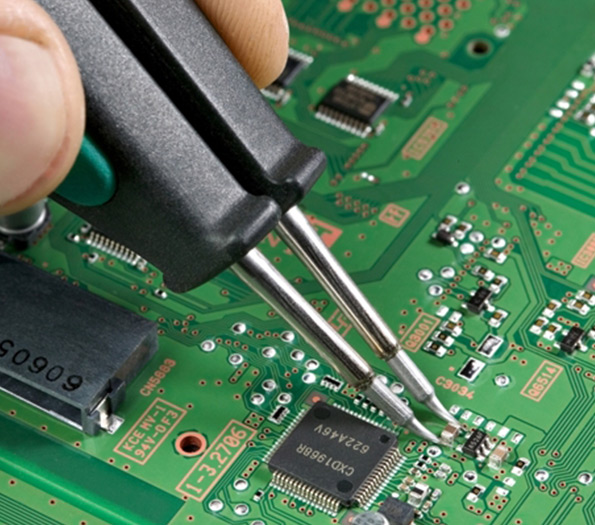

Float Glass for Fusing An Overview
Float glass, a widely used type of glass, has become increasingly popular in various applications, especially in the realm of art and design. Its unique properties, combined with a refined manufacturing process, make it an ideal choice for fusing, a technique that involves melting and joining glass pieces together to create stunning art pieces or functional objects.
Float glass is produced by a method known as the float process, invented by Sir Alastair Pilkington in the 1950s. The process involves floating molten glass on top of molten tin, resulting in a flat, clear, and uniform sheet of glass. This method allows for the creation of high-quality glass with minimal defects, making it a favorite among artists and fabricators. The smooth surface of float glass provides an excellent foundation for fusing, ensuring that the final product maintains clarity and brilliance.
Fusing involves heating glass to a temperature where it becomes soft and pliable, allowing different pieces to fuse together. This process can be accomplished in a kiln, where controlled heating can produce various effects and textures. Float glass is particularly well-suited for fusing because it possesses a lower thermal expansion coefficient compared to other types of glass, reducing the risk of breakage during the heating and cooling cycles.

One of the most appealing aspects of float glass for fusing is its compatibility with a wide array of colors and glass types. Artists often layer colored glass on top of clear float glass, creating vibrant patterns and designs that can transform ordinary pieces into extraordinary works of art. The clarity of float glass enhances the colors and patterns, allowing light to pass through and shine brilliantly.
Moreover, float glass is available in various thicknesses, providing flexibility for different artistic projects. Thicker pieces can be used to create more substantial artworks, while thinner sheets are perfect for delicate designs. The versatility of float glass extends beyond just color and thickness; it also allows for combining various glass types, such as opalescent, iridescent, and textured glass, opening up endless creative possibilities.
In addition to artistic applications, float glass for fusing also plays a role in functional creations such as decor items, kitchenware, and even jewelry. The ability to customize and personalize these items through fusing techniques makes float glass a favorite among hobbyists and professionals alike.
As the demand for unique and personalized glass art continues to rise, float glass for fusing stands out for its exceptional qualities and adaptability. Whether for creating intricate sculptures, decorative items, or functional glassware, artists and makers find that float glass offers the perfect balance of beauty, versatility, and durability. With its rich history and ongoing innovation, float glass remains a cornerstone in the world of glass fusing, inspiring creativity in countless forms.